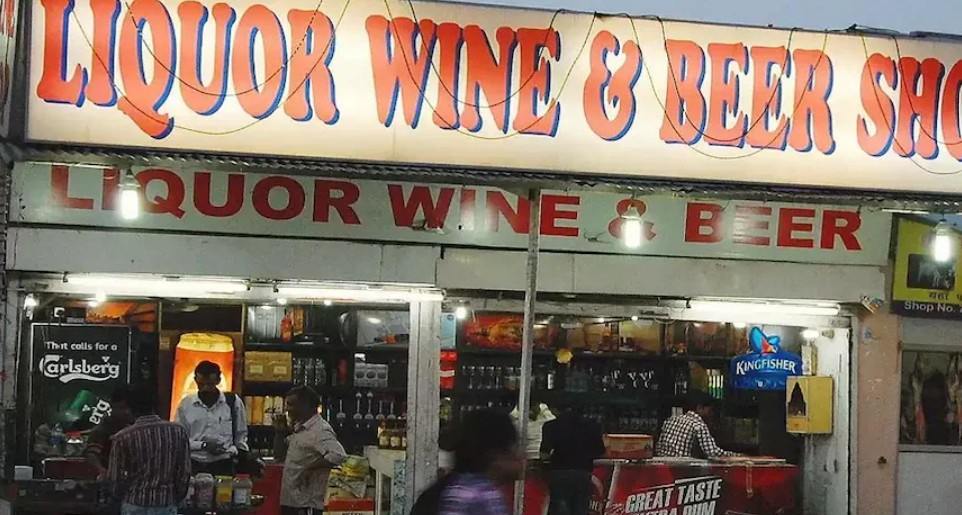The residents of the city are bracing for a significant water shortage as authorities have announced a planned disruption in the supply for three consecutive days in April. This temporary but impactful water cut is expected to affect households, businesses, hospitals, and other essential services, prompting the need for careful planning and conservation measures. The decision to halt water supply stems from crucial maintenance work being undertaken on the main water pipelines, which have been experiencing wear and tear due to aging infrastructure and increased demand.
According to officials, the maintenance work is essential to prevent unexpected breakdowns that could lead to even longer and unplanned disruptions in the future. The city’s water board has assured residents that the work is being carried out as swiftly as possible to minimize inconvenience. However, the three-day water cut is likely to pose challenges for families, industries, and public institutions, particularly in a time when water usage is at its peak due to rising temperatures.
Authorities have issued advisories urging residents to store enough water in advance to last through the disruption. They have also emphasized the importance of using water judiciously during this period, avoiding wastage, and prioritizing essential needs. Households are being advised to fill their storage tanks, buckets, and containers well before the supply is halted to avoid any last-minute panic. Many apartment complexes and housing societies have started making arrangements to increase their water storage capacity to ensure that residents do not face severe hardships.
The temporary water cut is also expected to impact businesses that rely heavily on water, such as restaurants, hotels, laundromats, and car washing services. Many of these establishments are considering adjusting their operating hours or reducing services to cope with the shortage. Some businesses are also exploring alternative water supply options, such as hiring private water tankers to ensure continuity in their operations. However, with the high demand for water tankers expected during these three days, there are concerns that prices may surge, making it difficult for small businesses to afford this alternative.
Hospitals and healthcare facilities are among the most affected by water shortages, as they require a constant and reliable supply for sanitation, medical procedures, and patient care. City authorities have assured that emergency measures will be in place to ensure hospitals receive adequate water supply through tankers and alternative sources. However, hospital administrators are making their own contingency plans, including rationing water use where possible and reinforcing emergency water storage facilities to sustain operations without disruption.

Educational institutions, particularly schools and colleges, are also assessing the impact of the water cut on their daily activities. Some schools are considering temporarily switching to online classes to avoid the inconvenience of water shortages on campus. Others are planning to adjust their schedules or limit in-person attendance to ensure that sanitation and hygiene facilities do not become overwhelmed during the period of water scarcity.
Public transport services and railway stations, which cater to thousands of commuters daily, are also preparing for the water shortage. Authorities are making arrangements to supply water to bus terminals and railway stations to ensure that passengers and staff have access to drinking water and sanitation facilities. Temporary water kiosks may be set up at key locations to provide drinking water to travelers during the disruption.
One of the major concerns arising from the planned water cut is the potential impact on sanitation and hygiene. With water being an essential resource for maintaining cleanliness in homes, offices, and public spaces, authorities have urged residents to be mindful of their hygiene practices. They have advised against unnecessary flushing, frequent washing of clothes, and excessive cleaning activities that may deplete stored water supplies too quickly. Public health officials have also cautioned against the risk of waterborne diseases if alternative water sources, such as tankers and stored water, are not handled properly.
The municipal corporation has reassured residents that once the maintenance work is completed, the water supply will be restored gradually to avoid sudden pressure fluctuations that could damage pipelines. Engineers working on the project have emphasized that the repairs are critical for ensuring long-term water reliability in the city. Many of the pipelines undergoing maintenance have been in service for decades and are prone to leaks and bursts, leading to water wastage and supply disruptions.
Despite the inconveniences, many residents understand the necessity of the maintenance work and are prepared to make temporary adjustments. Community groups and neighborhood associations have stepped in to assist vulnerable populations, such as elderly residents and people with disabilities, in storing and managing water supplies efficiently. Volunteers are also spreading awareness about best practices for water conservation, urging people to use water only for essential needs during the disruption.
Some residents, however, have expressed frustration over the timing of the water cut, questioning why it was not scheduled during a cooler period when water demand is relatively lower. Others have raised concerns about whether the maintenance work will be completed on time or if the disruption might extend beyond the announced three days. In response, city officials have assured that the maintenance project has been meticulously planned and will be completed within the designated timeframe.
The announcement of the water cut has also reignited discussions about the city’s overall water management strategy. Experts argue that while maintenance work is necessary, the city must also focus on long-term solutions to address water shortages, such as improving rainwater harvesting systems, upgrading aging pipelines, and exploring sustainable water conservation measures. Some activists are advocating for stricter regulations on groundwater extraction and industrial water usage to ensure that the city’s water resources are managed more efficiently.
In recent years, the city has experienced periodic water shortages due to a combination of factors, including population growth, climate change, and infrastructure limitations. With summers becoming increasingly hot and dry, the demand for water has surged, putting additional pressure on the supply system. Environmentalists warn that unless proactive measures are taken to enhance water conservation efforts, the city may face more frequent and severe water crises in the future.
Many citizens are using the upcoming water cut as an opportunity to reevaluate their water usage habits and implement more sustainable practices. Some are investing in water-saving devices such as low-flow taps, dual-flush toilets, and efficient irrigation systems for gardens. Others are considering installing rainwater harvesting systems to reduce dependency on municipal water supplies. Public awareness campaigns on water conservation have gained momentum, with social media platforms being used to spread tips on how to manage water more effectively during the disruption.
As the countdown to the water cut begins, city authorities are working closely with various stakeholders to ensure a smooth transition. Emergency response teams have been put on standby to address any unforeseen issues, and helplines have been set up to assist residents with queries and concerns. Regular updates are being provided through official channels to keep the public informed about the progress of the maintenance work and the expected timeline for water restoration.
While the three-day water shortage will undoubtedly pose challenges, it is also serving as a wake-up call for residents to become more conscious of their water consumption. By adopting responsible usage habits and supporting efforts to modernize the city’s water infrastructure, citizens can play a crucial role in ensuring a more resilient and sustainable water supply system for the future.
In conclusion, the planned three-day water cut in April, though inconvenient, is a necessary step toward maintaining the city’s water infrastructure and preventing larger crises in the future. With careful planning, public cooperation, and an emphasis on water conservation, the city can navigate this temporary disruption while working toward a more sustainable water management system in the long run.


